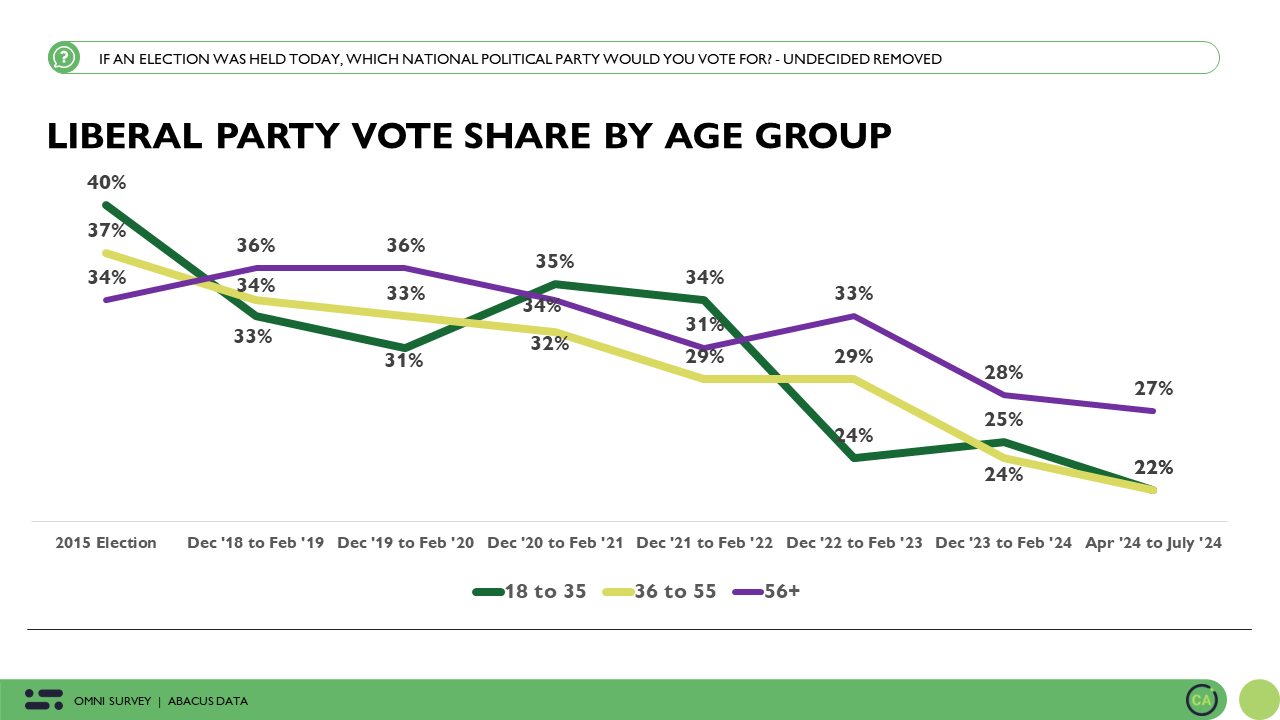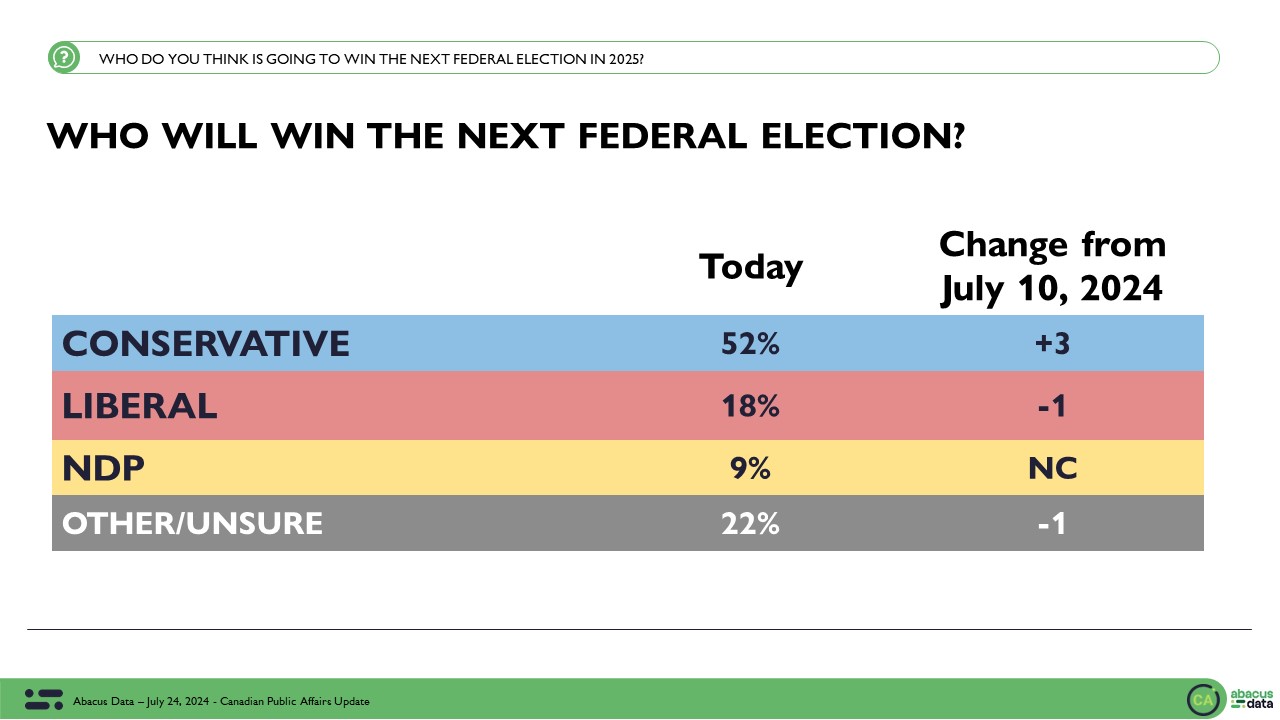The Millennial Market of eSports
July 31, 2018
The global phenomenon of the eSports industry is only continuing to gain more traction, and you guessed it, it’s powered by millennials.
For those who don’t live behind their computer screens, eSports are digital competitions between players of electronic games. Console (think Xbox and PlayStation) and computer games are the most popular, and players either gather in large playing centres or combat over the internet. There are firms who host competitive teams that trade players just like traditional sports teams. As an example, League of Legends, created by Riot Games, and is the world’s most played and viewed video game, is what is called a Multiplayer Online Battle Arena (MOBA) where players duke it out in an online world until the victory conditions are met. This game attracts both casual amateur players as well as professionally sponsored players. Riot Games hosts world championships for League of Legends, in which they had over 80 million viewers and raked in over 1.2 billion collective hours watched over the course of the 2017 worlds season. League is not the only game to attract large competition, viewers, or money. There are many other games that have a global competitive following such as: Starcraft II, CounterStrike: Global Offensive, Overwatch, Dota 2, and my childhood favourite, Super Smash Bros.

While eSports is dominating in Asia, Europe, and the United States; the professional competition scene is continually growing in Canada and is seen as a legitimate career option by many Canadian millennials. A recent Abacus Data survey found that 1 in 2 Canadian millennials think that professional eSports gaming is a realistic side job and just under that number see it as a fulltime career. Moreover, Canada has and is going to host several prestigious eSports events. In 2016, Toronto hosted the North American Spring Championships for League of Legends (in which all 15,000 tickets were sold out in one day). Vancouver this August will be hosting a Dota II tournament with a prize pool of $13,235,884 (these prize pools will continue to grow). The point being, that eSports are huge and continuing to grow much to the thanks of Canadian millennials. This growth is creating a new industry in Canada and bringing millions of dollars in new revenue where these large events are being hosted.Outside of these large tournaments, gamers are monetizing their passion through screen sharing platforms such as Twitch. Twitch is an online streaming platform that is geared for gamers to upload their content while live gaming and has built a community of viewers in the millions. Twitch reports that 55% of its users are millennials between the ages of 18-34 and their streamers are able to gain subscribers and advertise to gain income. While professional gamers do this on top of their competitive seasons, Twitch is also a platform for amateur gamers to side hustle and gain supplementary income from their hobby.
Now, most discussion surrounding eSports tend to be introspectively targeted at the gaming community itself. Yet, what has been overlooked is the massive market potential that the eSports industry brings to the national table. Millennials are notoriously difficult to reach marketers looking for a way into millennials’ sensory bubble can find one here. The infrastructure surrounding the eSports industry is an untapped market and as more people take interest in gaming and see eSports as a viable career option, corporations should take note of the pent-up possibilities this market possesses. Team or event sponsorships, advertising on platforms, or placing ads in the games themselves are all ways brands can extend their reach and capture more of the millennial market. As fewer millennials view content through traditional means, TV, radio, newsprint and as they become even more segmented online, there is a strong case for marketers to invest time and money into the eSports space.
While the eSports is fuelled by the millennials playing, competing, and buying into the sport; Generation Z is also expected to follow the millennial path of taking part in this industry. The KidsSay Trend Tracker reports that in the United States, 89% of Generation Z (children between the ages of 8-15) own a game console, with many owning more than one. By the time they enter post-secondary school, they will have logged thousands of hours on their gaming console and venerated other eSports legends as modern-day role models. The progression from gaming for fun to gaming for profit will come easily as platforms and markets expand with more innovative prizes such as university scholarships or in-kind prizes like “a lifetime supply of pizza pockets” (an actual prize of a 2011 eSports competition) or other gaming paraphernalia. The Gen Z eSports market will dwarf the eSports scene we see today, and wise marketers will establish their presence now as opposed to arriving late and catching up to earn the trust of a generation that is already hard to reach. eSports has become part of mainstream culture and the only question is, is your organization ready for it?



